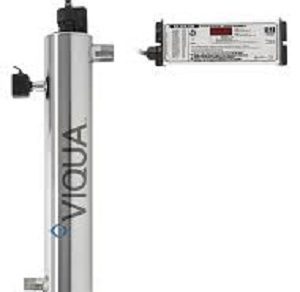Introduction:
Robotic Process Automation automates business operations using computer programs that replicate manual processes or human activities. This implies repetitive tasks like collecting data, reading, filling out forms, and a well-designed computer software program can carry out such calculations. RPA has proven highly beneficial and successful for all types of businesses as it further helps to free up high-value employee time. An RPA system completes a task, on average, four times faster than a human worker and also enhances process accuracy and quality. There are many advantages when it comes to RPA services extending beyond business success. RPA tools are known to directly impact customer experience, employee satisfaction, and the world at the larger picture.
RPA in Banking
Previously, banking employees were required to carry out tedious manual tasks on day to day basis. Jobs like validating credit card applications or reading through extensive documentation were demanding. Sadly, these tasks are both inefficient and prone to human error. In the recent past misreporting transactions and poor mortgage handling has left multiple banks with hefty bills of over millions.
RPA in Healthcare
Healthcare services have long been under strain for a very long time. The list of hospitals and surgeries continues to function understaffed and overstretched. RPA offers an effective solution for these significant issues and further helps to take on a portion of an employee’s workload by carrying out administrative tasks. This is particularly crucial while dealing with medical processes since various staff are expected to work through thousands of documents each day where accuracy is essential.
RPA in Supply Chain
RPA’s automation role is revolutionary in supply chains worldwide in many ways, including forecasting and modernizing inventory management. Manual stocktakes are incredibly complicated and sometimes even days to complete, even for small businesses. Likewise, few organizations often experience difficulties keeping up with high volumes of refunds and returns.
RPA in Agriculture
As the world population is overgrowing, this brings new challenges in all spheres of life; one of the greatest and remarkable is agriculture and food production. Farming involves various operations like expertise beyond cultivation and animal rearing, including roles such as finance and logistics:
Three ways RPA technology has transformed smart factories today.
1. Faster availability of needful products:
As per reports by Industry Europe, an efficient manufacturing operation focuses much on getting the product to a customer compared to designing and creating it. However, the global economy has made distribution and shipping challenges. These processes require a significant amount of manual data entry, to a point where they might not have staff to work in person. Industry Europe calculates the ROI of this automation:
• 100% data entry accuracy and capturing
• Almost 76 shipments processed by the bot in three hours
• Around three to four hours of manual work saved per shipment
2. Speeding up of back-end finances
The pace at which a factory transforms into a smart factory will be as fast as its back end. Particularly, finance departments mostly have incredibly complex operations, leading to chaos quickly and the growth in the number of updates and orders. The more the number of systems becomes interconnected, better are the chances are for errors to compound.
The ROI of Automation:
• 50% of invoice of all processing in the pilot region is now in automatic mode
• 2,500 invoices processed per month entirely with the help of bots
3. Scaling new technology adoption is the key
One of the most significant challenges of implementing new technologies is that they can grow at the same pace as the company. The absolute success of a technological investment doesn’t depend on how much is spent but rather more on how the technology is scaled and deployed.
The famous General Electric (GE), a Fortune 500 company with product lines across the energy, aviation and manufacturing industries, adopted RPA with two specific agendas: enhanced productivity across the enterprise and high-scale RPA adoption.
Role of robotic process automation in CTO:
1. Overseeing process changes
2. Employee-centric change management
3. Strategic planning for business future
4. Vendor relationship implications
5. Collaboration and cybersecurity
RPA Examples in the Manufacturing industry:
1. Purchase order creation:
As we know, the manual process for purchasing order creation is daunting, irrespective of its size. Whether midsize to large organizations dealing with multiple categories of products is tedious. With the help of RPA solutions, today, the entire process of RPO creation can be automated enabling 100% speedy results and accuracy
2. Inventory management:
The process of inventory control is vital; its importance lies at the core of supply chain management. Real-time monitoring of inventory at all levels is required to ensure that demand can be met at any given time.
3. Vendor communication:
In the manufacturing industry, day-to-day communication between customers, vendors and the internal workforce requires a huge amount of manual effort. For instance, the customer service representative handles various queries, including the goods shipped in a regular day scenario.
Conclusion:
Implementation of RPA technology can drastically change the processes of business eventually, both now and in the future. To have RPA implementation successfully into a business, the CTO will have to advocate for the employees. Thus having the right CTO’s seat is a determining factor in the success of the implementation.




Recent Comments